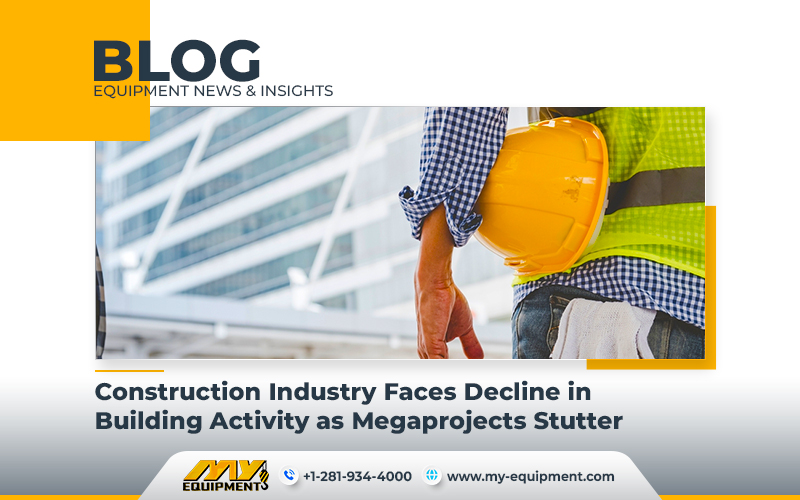The construction industry is experiencing a downturn as building activity, particularly around megaprojects, witnesses a decline. Total construction starts dropped by 6% in September, with a seasonally adjusted annual pace of $1.2 trillion. This decrease raises some concerns about the industry’s overall performance and its ability to maintain consistent growth. The repercussions of these setbacks are felt in a few different construction sectors, including residential, non-residential, and nonbuilding projects.
Construction Starts Decline
According to Dodge Construction Network, construction starts dipped by 6% in September, largely due to a decline in megaproject activity. This drop has resulted in year to-date building starts through September falling behind last year’s pace by 3%. The industry appears to be stuck in a pattern of “up one month and down the next,” indicating ongoing challenges.
Economic Risks Mounting
Richard Branch, chief economist for Dodge Construction Network, emphasizes that the construction sector faces increasing risks. Factors contributing to these risks include the anticipation of higher interest rates, rising energy prices, and political uncertainty. The industry needs time to regain its momentum for broad-based expansion.
Architecture Billings Index (ABI)
The American Institute of Architects’ Architecture Billings Index (ABI), which tracks building design work for future contracts, recorded its lowest rating since December 2020. This indicates deteriorating business conditions in the construction sector. Clients’ reluctance to commit to new projects is evident in the declining ABI scores.
The Decline in Non Residential Starts
The non-residential sector, which includes commercial, institutional, and manufacturing projects, witnessed a 4% decline in September, reaching a seasonally adjusted annual pace of $459 billion. Manufacturing activity, which had been supporting the non-residential category, decreased by 13%. Institutional starts, encompassing healthcare and education projects, also decreased by 8% in September. However, commercial starts saw a 6% increase, driven by robust activity in data center projects and retail work.
Overall, non residential starts were 7% lower through September than the same period in the previous year.
Non-Building Construction Continues to Decline
Nonbuilding construction, which includes public highway, bridge, gas plant, and environmental projects, experienced a further decline in September after a 14% drop in August. Environmental public works saw a significant 29% decrease in September, while highway and bridge starts dipped by 15%. On a positive note, utility and gas plant construction starts increased by 14% in September. Despite the recent declines, nonbuilding construction starts have remained steady throughout the year, with a 25% increase compared to the same period last year.
Losses in Residential Construction
Residential building starts fell by 6% in September, following a 1% drop in August. Multifamily starts took a quite a hit, declining by 17%, while single-family starts saw a slight 1% increase. Total residential starts were down by 17% year over year through September, with single-family and multifamily starts falling by 19% and 12%, respectively.
Prominent Multifamily Projects Started in September
South Pier Residential Towers in Tempe, Arizona, with an initial phase valued at $385 million.
Miami Casa Bella Condominiums’ first phase, amounting to $275 million.
Philadelphia’s Chapel Block mixed-use development, worth $260 million.


 1400 Broadfield Blvd, Houston, TX 77084,
USA.
1400 Broadfield Blvd, Houston, TX 77084,
USA. omer@my-equipment.com
omer@my-equipment.com